Introduction
Wood ear mushrooms, scientifically known as Auricularia auricula-judae, are a popular ingredient in Asian cuisine, prized for their unique texture and potential health benefits. Often used in soups, stir-fries, and salads, these gelatinous, ear-shaped fungi are a staple in many kitchens. However, a common question arises: Is it safe to consume wood ear mushrooms that have been left out overnight? This article delves into the science of food safety, microbial growth, and proper storage practices to answer this query comprehensively. By understanding the risks associated with leaving perishable foods at room temperature, you can make informed decisions to protect your health.
The Basics of Food Spoilage and Bacterial Growth
Food spoilage occurs when microorganisms such as bacteria, molds, and yeasts multiply on or within a food item, breaking it down and producing byproducts that may cause illness or off-flavors. The rate at which these microorganisms grow depends on several factors:
- Temperature: Bacteria thrive in the “danger zone” between 40°F (4°C) and 140°F (60°C). Room temperature (around 68–72°F or 20–22°C) falls squarely within this range, accelerating bacterial proliferation.
- Moisture: Wood ear mushrooms, like many fungi, have a high water content, creating an ideal environment for bacterial growth.
- Nutrient Availability: Cooked or rehydrated wood ear mushrooms (often sold dried and reconstituted) provide abundant nutrients for microbes.
- pH Level: Neutral to slightly acidic foods are more conducive to bacterial growth.
When wood ear mushrooms are left uncovered or improperly stored overnight, these factors combine to create a breeding ground for pathogens.
The Dangers of Leaving Cooked Wood Ear Mushrooms Out
Cooked wood ear mushrooms are particularly perishable. During cooking, heat destroys some bacteria, but it does not eliminate all spores or heat-resistant strains. As the mushrooms cool, residual bacteria can reactivate and multiply. Leaving them at room temperature for extended periods (e.g., overnight) allows bacteria to reach dangerous levels.
Key Pathogens to Watch For
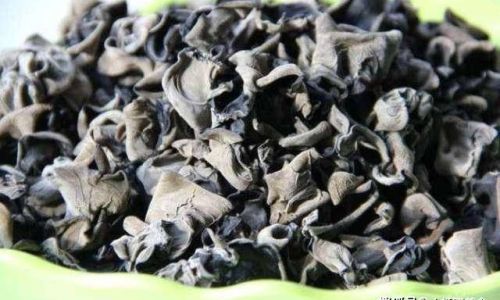
- Bacillus cereus: This bacterium is notorious for causing “fried rice syndrome,” but it can contaminate any starchy or protein-rich food, including mushrooms. It produces toxins that cause vomiting or diarrhea, even after reheating.
- Staphylococcus aureus: Often found on human skin, this bacterium can contaminate food during preparation. It releases heat-stable toxins that cause rapid onset of nausea and cramping.
- Clostridium perfringens: Common in meats and gravies, this spore-forming bacterium can also grow in vegetables left at improper temperatures, leading to abdominal pain and diarrhea.
Symptoms of Foodborne Illness
Consuming spoiled wood ear mushrooms may result in:
- Nausea and vomiting
- Diarrhea (sometimes bloody)
- Abdominal cramps
- Fever
- Weakness or dizziness
Symptoms typically appear within 6–72 hours and can last from a few hours to several days. Vulnerable populations (children, the elderly, pregnant individuals, and immunocompromised people) face higher risks of severe complications.
Factors Influencing Safety
Not all scenarios are equally risky. The likelihood of illness depends on:
- Ambient Temperature: A kitchen at 75°F (24°C) poses a greater risk than a cooler room.
- Hygiene Practices: Cross-contamination from raw meat, unwashed hands, or dirty utensils can introduce harmful bacteria.
- Initial Cooking Method: Properly boiling mushrooms (to at least 165°F or 74°C) reduces bacterial loads but does not guarantee safety if storage is neglected.
- Additives: Acidic ingredients (e.g., vinegar, lemon juice) or preservatives may slow spoilage, but they are not foolproof.
The 2-Hour Rule: A Critical Guideline
The U.S. Department of Agriculture (USDA) advises discarding perishable foods left at room temperature for more than two hours. This guideline applies to wood ear mushrooms. Beyond this window, bacterial counts may surpass safe thresholds, even if the food appears unspoiled.
How to Store Wood Ear Mushrooms Safely
To extend shelf life and minimize risks:
-
Refrigerate Promptly:
- Place cooked mushrooms in shallow, airtight containers within two hours of cooking.
- Store at 40°F (4°C) or below.
-
Freeze for Long-Term Storage:
- Freeze cooked mushrooms in freezer-safe bags or containers for up to six months.
- Thaw in the refrigerator, not at room temperature.
-
Dry Storage for Uncooked Mushrooms:
- Dried wood ear mushrooms can be stored in a cool, dark pantry for up to a year.
- Rehydrate in boiling water before use.
-
Avoid Cross-Contamination:
- Use separate utensils and cutting boards for raw and cooked foods.
- Wash hands thoroughly before handling mushrooms.
Signs That Wood Ear Mushrooms Have Spoiled
Even if stored correctly, mushrooms can spoil. Discard them if you notice:
- Foul Odor: A sour, ammonia-like, or putrid smell.
- Slimy Texture: Excess moisture or bacterial growth creates a slippery film.
- Mold: Fuzzy spots in green, black, or white hues.
- Discoloration: Darkening or unusual pigmentation.
Reheating and Food Safety Myths
A common misconception is that reheating food kills all bacteria. While heat can destroy most vegetative cells, it does not neutralize:
- Heat-stable toxins: Produced by Bacillus cereus and Staphylococcus aureus.
- Spores: Dormant forms of bacteria that can germinate later.
Reheating spoiled mushrooms is unsafe and may exacerbate illness.
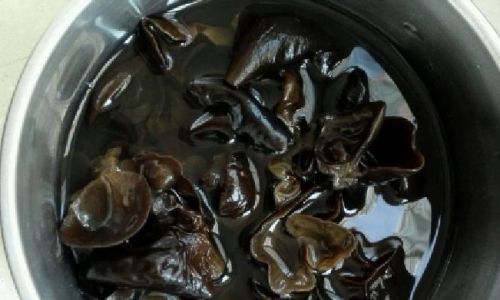
Comparing Wood Ear Mushrooms to Other Foods
Wood ear mushrooms are not unique in their perishability. Other high-risk foods include:
- Rice and pasta (prone to Bacillus cereus)
- Dairy products (susceptible to Listeria and E. coli)
- Cooked grains and legumes
- Seafood (especially shellfish)
The same storage rules apply: refrigerate promptly and consume within 3–4 days.
Cultural Practices and Food Safety
In some cultures, leaving foods like rice or noodles at room temperature overnight is common. However, this practice is risky. Modern food safety guidelines prioritize refrigeration to prevent illness. While traditional methods may have relied on different environmental conditions (e.g., cooler climates), today’s kitchens often lack such safeguards.
The Role of pH and Preservatives
Acidic environments inhibit bacterial growth. Adding vinegar, citrus juice, or fermented ingredients (e.g., kimchi brine) to wood ear mushroom dishes can extend shelf life. However, this does not replace refrigeration. Similarly, commercial preservatives like sodium benzoate are effective but unnecessary for home cooks adhering to proper storage.
Case Studies: Food Poisoning Outbreaks Linked to Mushrooms
- 2016 South Korea Outbreak: Over 1,000 cases of food poisoning were traced to contaminated kimchi containing wood ear mushrooms. Investigators linked the outbreak to improper storage during fermentation.
- 2020 U.S. Recall: A company recalled pre-packaged salad kits after Listeria monocytogenes was found in wood ear mushrooms, sickening 14 people.
These incidents underscore the importance of sourcing, handling, and storing mushrooms correctly.
Debunking Myths: “If It Smells Fine, It’s Safe”
Relying on smell or appearance alone is dangerous. Pathogens like E. coli and Salmonella do not alter a food’s odor or texture noticeably until colonies are massive. By then, the food may already be hazardous.
Expert Recommendations
Food safety agencies worldwide unanimously advise against consuming perishable foods left at room temperature overnight. The International Association for Food Protection (IAFP) states, “When in doubt, throw it out.” This principle applies to wood ear mushrooms, rice, meats, and dairy.
Conclusion: Balancing Convenience and Safety
Leaving wood ear mushrooms out overnight is a gamble with your health. While modern refrigeration may seem inconvenient compared to traditional practices, it is a small price to pay for avoiding foodborne illness. By adhering to the 2-hour rule, storing mushrooms properly, and discarding questionable leftovers, you can enjoy this unique ingredient without risk. Food safety is not about paranoia but about respecting the invisible threats that lurk in our kitchens. When it comes to perishable foods, vigilance and education are your best tools.
Final Thoughts
Wood ear mushrooms are a culinary treasure, but their safety hinges on proper handling. Whether you’re a home cook or a professional chef, prioritizing storage, hygiene, and timely consumption ensures that this delicate ingredient enhances your meals without compromising your well-being. Remember: the line between a delicious dish and a dangerous one is often measured in hours—and refrigeration is your ally in staying on the right side of it.

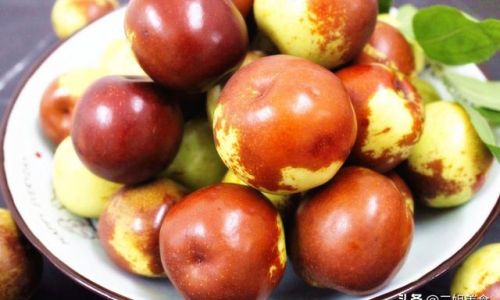
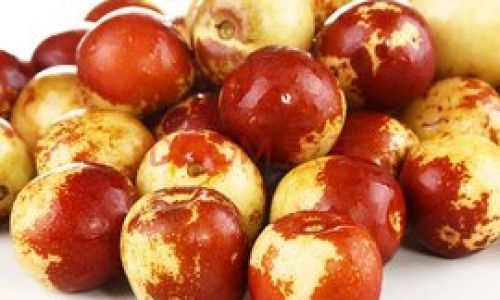
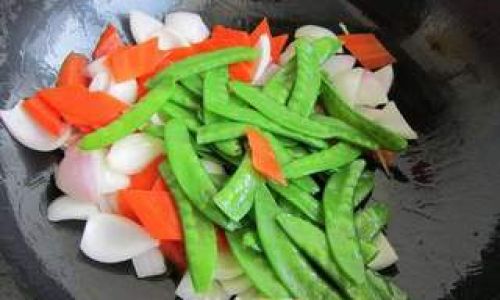
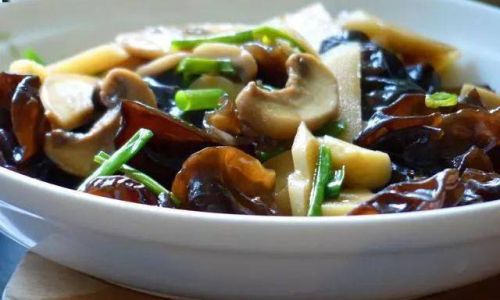
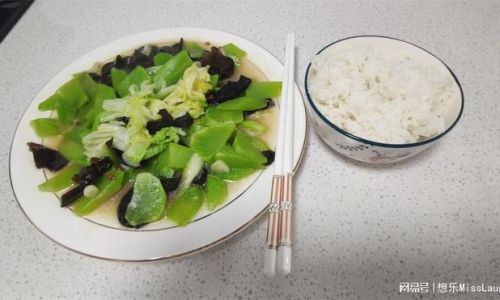
0 comments